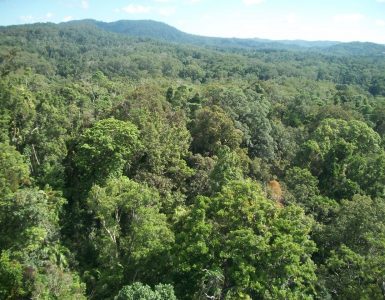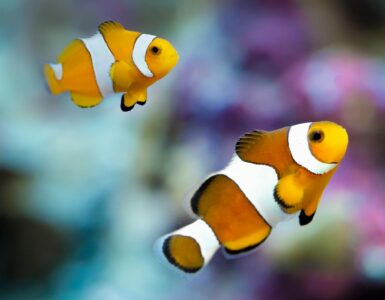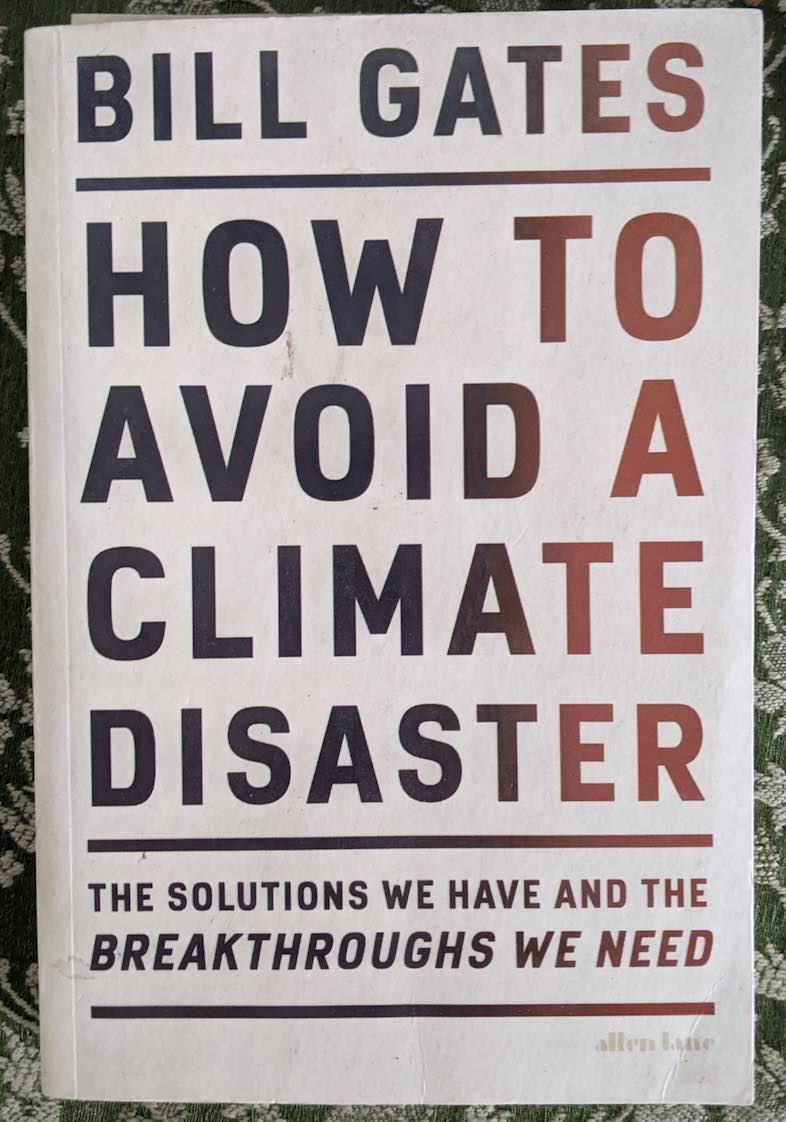We all understand the greatness of wildlife and its importance in our lives. Unfortunately, industrialization and economic growth, hunting, wildfires, animal agriculture, and poaching have led to the loss of wildlife in most places.
Hence we need to focus on wildlife conservation, which effectively means using natural resources wisely so they are available to future generations.
Wildlife Conservation Challenges
To discuss wildlife conservation, let us understand the challenges facing wildlife. Several factors led to the degradation of the forests, wildlife, and the disappearance of the animals.
Human-wildlife conflict
Humans have been exploiting forests for ages, but rapid urbanization and population growth have increased animal and human conflicts in the last few decades.
- There is a widescale increase in the setting up of human habitats and villages within the forest.
- Deforestation, agriculture, overgrazing by livestock, and excessive uprooting of fodder, food, and timber by humans.
- Places of pilgrims in the forest areas, disturbing the wildlife and animals
Government Actions
- State and National highways pass through forests and natural reserves, leading to heavy vehicular traffic, noise, and pollution
- Allowing mining in the jungles for minerals and earth substances.
- Setting up of industries nearby of the forests.
- No proper demarcation of the boundary resulted in litigations and disputes.
Natural Causes
- The unpredictability of the weather creates scanty rainfalls, affecting water availability for the animals.
- The spread of diseases among wild animals. (After CoVID, all of us understand the consequence of animal-borne diseases)
Poaching and Illegal Hunting
Poaching and illegal hunting have been the biggest causes of wildlife degradation. Animal trade has become a flourishing business. Animal smuggling has grown to a £6bn-a-year criminal industry. Twelve species of large animals have vanished in Vietnam in recent years.
Tigers


The world’s tiger population has plummeted from 100,000 at the start of the 20th century to below 4,000 today. Three of the original nine subspecies of tigers became extinct in the last 60 years.
The last Bali tiger died in the 1930s; the Caspian tiger became extinct in the 1970s; the Javan tiger followed in the 1980s. Today, all remaining tiger subspecies are either endangered or critically endangered.
Chinese authorities disclosed that in 1991, they exported 5,250kg of liquid medicine, 15,079 cartons of tablets, and 31,500 bottles of tiger wine. South Korea imported six tonnes of tiger bones between 1975 and 1992, which experts calculated would mean between 500 to 1,000 dead tigers.
Elephants
Demand for ivory puts elephants a grave threat.
Between 1989 and 2010, 18,771kg of ivory was, seized in Nigeria, 17,681kg in Cameroon, 28,848kg in Kenya, and 33,207 kg in Namibia. This is just a fraction of the overall total across Africa’s 37 range states.
Rhinos
Rhinos are increasingly killed for their horns. Poaching killed 333 black rhinos in South Africa in 2010, twice the number slaughtered in 2009.
Sea Animals
As per, Whale and Dolphin Conservation (WDC) – Commercial whaling was banned in 1986. However, Japan, Norway, and Iceland have killed nearly 40,000 large whales since then. Their oil, blubber, and cartilage are used in pharmaceuticals and health supplements. Whale meat is even used in pet food or served to tourists as a ‘traditional dish.’
Over 100,000 dolphins, small whales, and porpoises are also killed in various countries each year for their meat and use of their body parts.
Climate Change
Climate change is one of the biggest wildlife conservation challenges that have emerged in recent times. With greenhouse gases exploding like never before, weather patterns have gone for a toss. Extreme summers and scanty rainfall have disturbed the ecology.
Wrapping up
Stringent penalties and long prison sentences are necessary to stop these bloody trades. Until then, wildlife trafficking will continue to wipe out the world’s most precious species and devastate environments and local economies.
Government has to increase the sensitization of humans towards wildlife conservation; for this, they need to have a well-equipped team who understand the wildlife attributes. Nurturing students in wildlife management can play an important role. Wildlife management is a hands-on field study that gives knowledge of zoology, botany, geography, mathematics, etc.
Though climate change is mentioned as one of the wildlife conservation challenges, the irony is reforestation and addressing forest conservation can play a significant role in reducing the impact of climate change.







Add comment